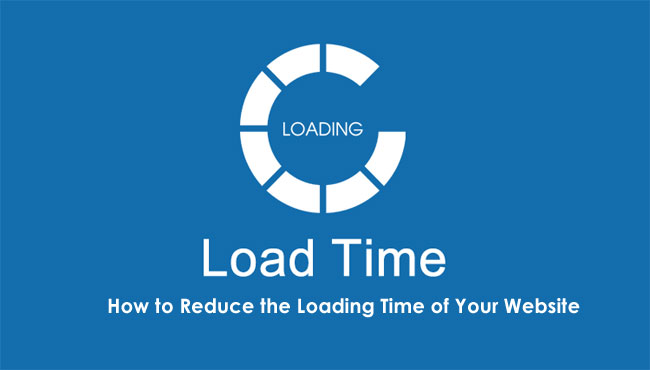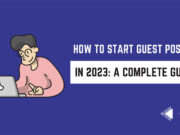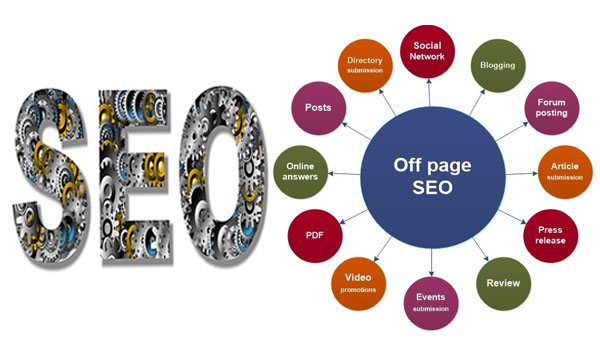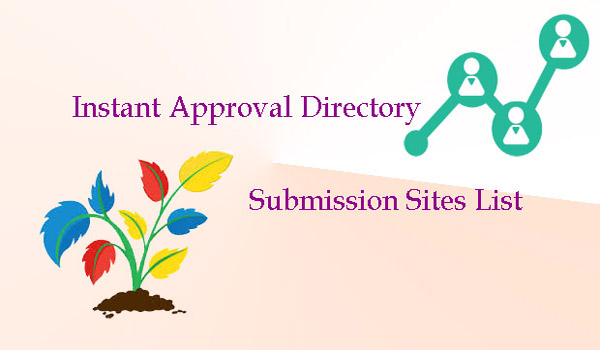The amount of work that goes into creating the website of your dreams can be massive. Expecting anything less is selling your creativity short. There are two ways to go about creating a new website- the easy way, and the hard way. By using this step by step guide, you’ll get have all of the knowledge required to build the website of your dreams.
Choose a Good Platform
There are plenty of website platforms to choose from, each with their own benefits. In the modern age, content management systems are considered the end all be all for new users. They are highly configurable, social media friendly and come with a ton of support. WordPress is recommended by many and has been dominant for a number of years. The configurable of it means it can be a big or small project with very little effort. Even though WordPress is the most popular, that doesn’t make it the best. Check out the more than one hundred CMS systems available to get an idea of what’s out there.
What Is It All About?
What is your website about? Once you figure that out, buy a domain and hosting. The domain is where you will reserve your name. Be very careful about inserting this website name into unauthorized domain websites! They will steal your name even if you decide to not purchase their services. Hosting is the meat and potatoes of your website, so you typically want one with at least ninety-eight percent uptime. When hosting goes down so does your entire website. Choose a reliable provider, and if possible, choose a domain/host combo from the same provider if it is a good deal.
Familiarize Yourself with the Features
After you install your CMS to your new hosting, the fun begins. This is the part where you should familiarize yourself with all of the features of the system. It is safe to do this since your site isn’t live, so it creates a safe space for you to try out all of the fun stuff. This is when you should try every option that interests you. That way when the site is live, you won’t break anything by being curious. You can also check the speed of your host by uploading a few files and seeing if it handles the transmission with grace.
Get A Consistent Theme
The theme of your website will make or break first-time viewers. Pick something ugly, and they will click away in seconds. Pick something too bright, resource intensive or buggy, and you will get the same results. The theme should be consistent across all pages, and it should fit with your ‘vision’ of the website. If it is a serious new site, then a SpongeBob SquarePants theme would not be the best choice. There are free and purchased themes, with plenty in abundance so you will always have one that fits your needs.
Plugins Give You Easy Access To Powerful Tools
You can extend the features of your website with plugins, which is exactly what it sounds like. These small files take up minimal resources and add things like social media integration, automated tasks, virus scanning, firewalls, and even SEO optimization tweaks. With the right plugins, your website will market itself and climb to the top of search engines! The optimizations are endless, but remember that it is dependent on the CMS you choose. WordPress by and far has the most unstainable plugin setup for new users.
Start With the Home Page
There is no need to build a complete website front to back. Start simple, and make your home page welcoming to visitors. Try to avoid pages without pictures, as that tends to get a low amount of retention. Websites that are selling a service should consider both audio and visual additions for a more professional look. The home page is meant to draw in the eyeballs, so dress it up as best you can. Try searching for home page examples to get a good idea of what a homepage should look like.
A Blog/News Section Is Always Welcome
Dynamic content is the reason blog and news section is important for a website. This ensures that they have a steady stream of fresh content being pushed to the website. The resulting effect is that it will keep them relevant in search results. You want this to be more robust than a twitter plugin, and possibly provide the option for readers to leave comments. This can all be moderated, so you’ll be in full control.
Make The Final Changes
Don’t make it live just yet! Your website needs a little more attention. View your website on multiple devices and make sure that it shows up properly. What may look good on a 1080p screen may look horrible on someone using a 4k screen. Make sure that your website is optimized for mobile, tablet, and desktop resolutions of all sizes. Most of this is automated, but it is still up to you to make sure that it is error free.
Keep It Up To Date! Market! Innovate!
Once your website is live, the dynamic content will be helpful in rankings. Market with smart SEO, keywords, and links. This trio will help you stay afloat as you continually add content to the website. Consider adding a plugin that automatically handles social media for you (filtering is important, obviously). Every now and then, check your websites stats and evaluate weaknesses. It will give you the information needed to improve your overall space. For a more hands-off approach, you can check out your hosting sites marketing tools. Some of them are really good!
Wrap Up
It’s a lot of hard work, but someone has to do it. This website is a good resource to fast track a lot of the steps mentioned. There is nothing wrong with asking for a little help when it comes to website creation. Once you finish with the building blocks, the real work of website content begins.
































